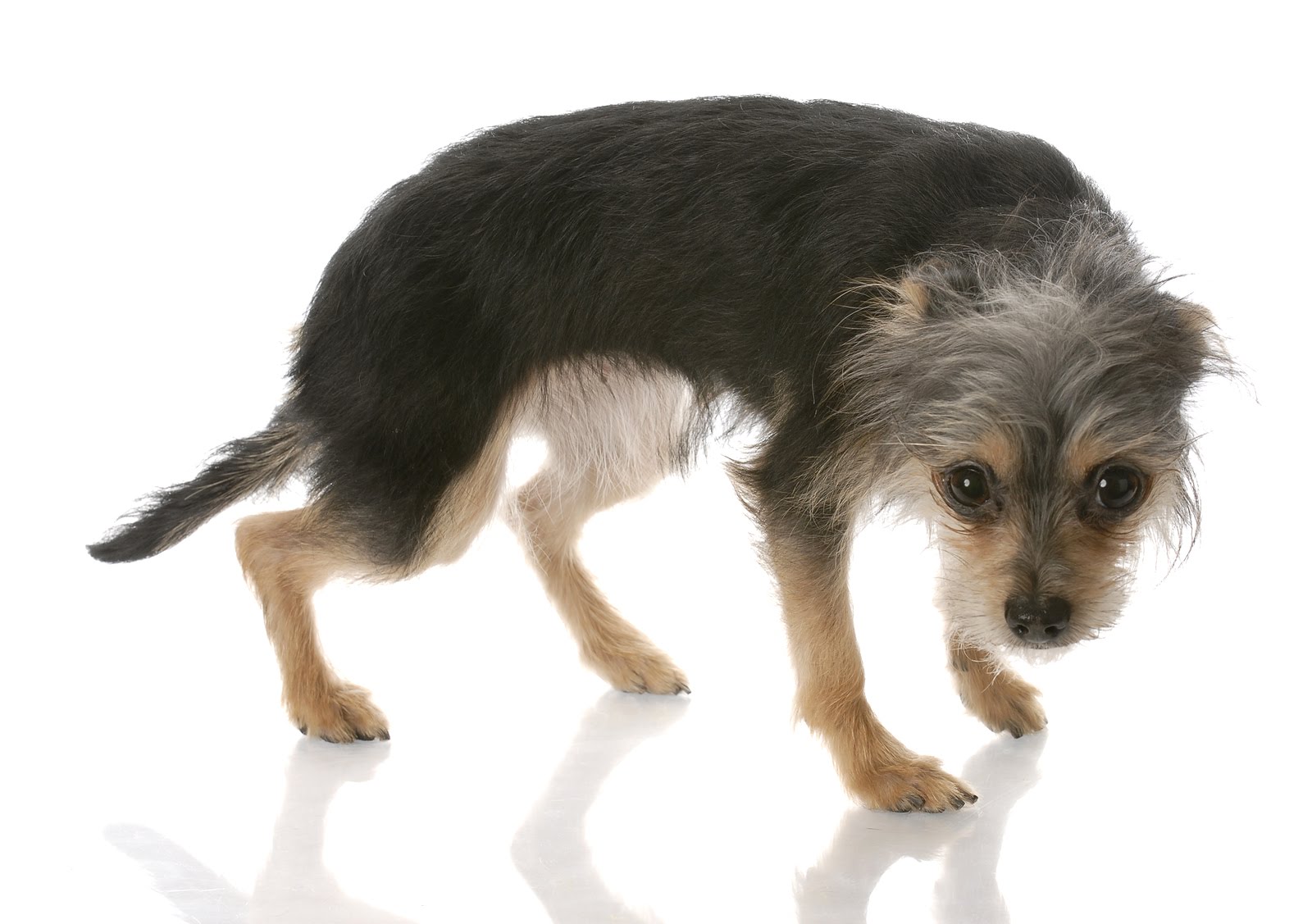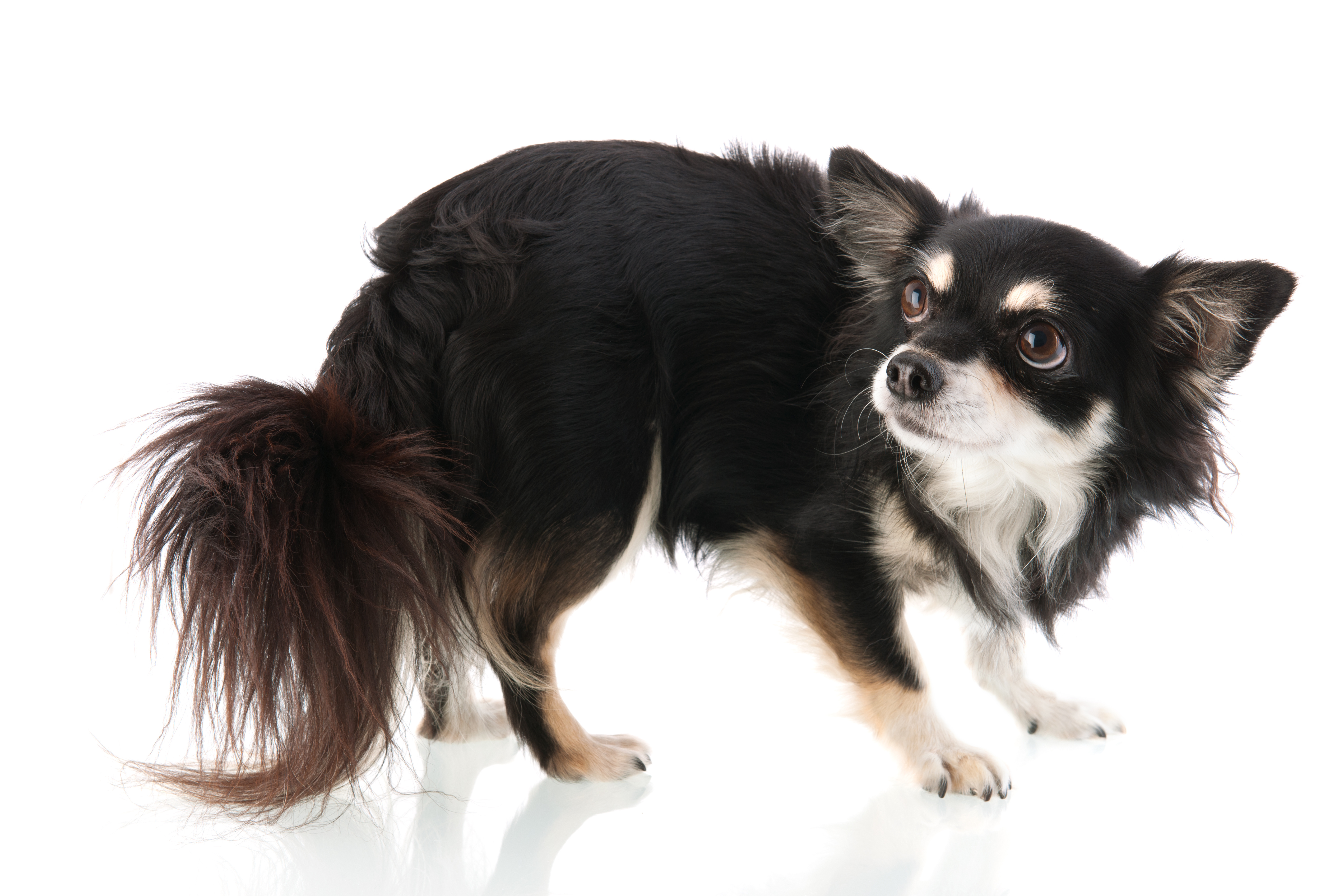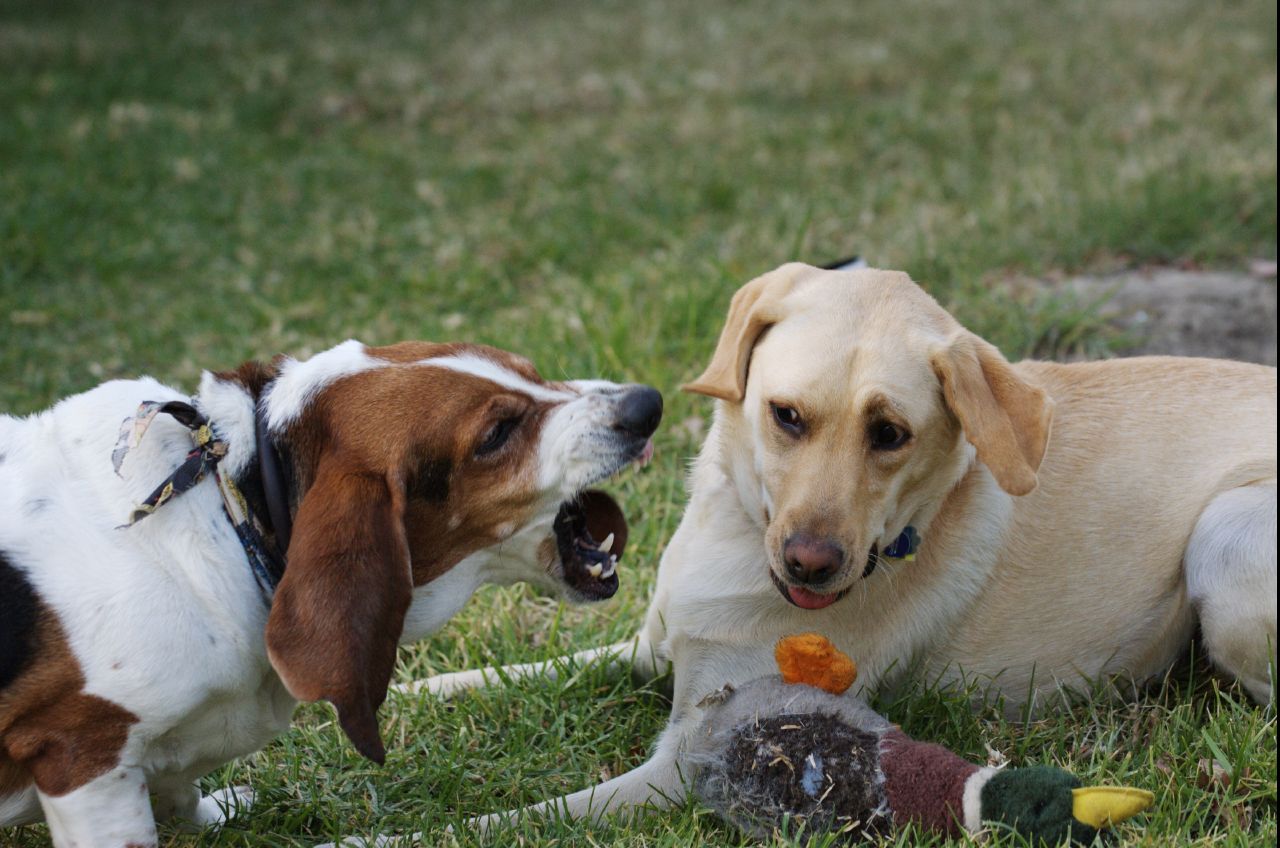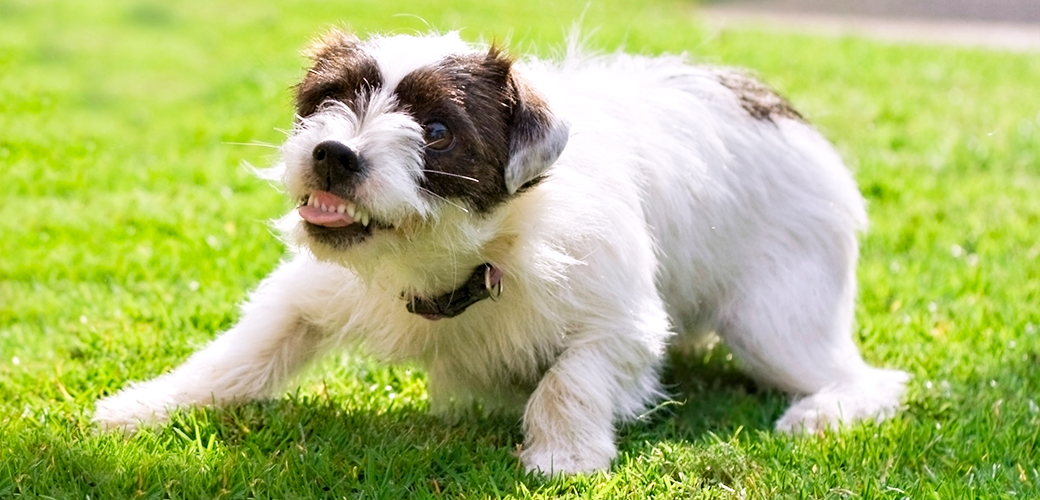The UK’s Health and Social Care Information Center reported that hospital cases resultant of dog bites had risen by 76% from 2014 to 2015, and dog bite admissions appeared to be higher in the spring and summer months than the cooler months.
We look at some reasons why dogs bite, what the dog bite warning signs are and how to prevent a bite from happening.
Why do dogs bite?
Maternal
When a bitch becomes a mother, even the most placid of pups can turn and bite if she feels her litter is in danger. It’s crucial to always approach a mother dog and her puppies slowly and with caution. Respect the mother’s wishes to be with her litter. Ensure they have a quiet area to reside and feel safe in.
Pain
Like humans, dogs get irritable when they’re in pain. If your dog is showing signs he’s in pain, then it’s important you visit your local vet to immediately find the source of pain and receive the right treatment.
Other symptoms your dog may be in pain include:
- Changes in breathing
- Smaller pupils
- Difficulty in lying down and getting up
- Loss of appetite and drinking
- Constant grooming
- Increased vocalisation
Prey drive
Ever wondered why some dogs run after passing cyclists, joggers or skateboarders? This urge to chase anything moving (or the ‘prey’) can often cause some breeds to bite out of excitement. Hunting, herding and working dogs are known for their high prey drives. Breeds include:
- Airedale Terrier
- Greyhound
- Saluki
- Pharaoh Hound
- Irish Wolfhound
- Bull Terrier
- English Springer Spaniel
- Siberian Husky
- Rhodesian Ridgeback
- Border Terrier
- Border Collie
- Whippet
- Alaskan Malamute
Enforce correct training to minimise the risks of your dog running off and getting into danger. Prey drive is lead through scent, so challenge your dog’s nose with something else such as a ball filled with dog treats.
Possessiveness
Dogs can be possessive over anything including food, toys, people and territories. Training a dog to ‘Leave it’ and to wait for food once you’ve put it down helps correct territorial behaviour.
Fear
Fear is often directed at strangers and occurs in unfamiliar situations. This is why early socialisation is vital to having a happy pup. Inadequate socialisation from an early age has a direct results on their anxiousness and nervousness later on in life. For more information about the importances on early socialisation, have a look at the articles and videos from Dr Ian Dunbar here.
Dog bite warning signs
If you’re a dog owner, dog sitter or dog walker then you should expect that any dog has the capacity to bite. It’s especially useful to spend time understanding the reasons why dogs bite, so you can take preventative measures and minimise the risk of it happening.
Dogs display warning signs leading up to a bite. Knowing these following signs will empower you in avoiding a bite:
- Pinned back ears
- You can see the whites of the dog’s eyes (whale eye)
- Yawning
- Lip curl showing teeth
- The fur on the back may raise
- Lack of response to touch or look – freezing
- Directly holding your gaze for a long period of time
- Purposely averting your gaze
- Licking of lips
How to stop a dog bite from happening
Neutered and spayed dogs are less at risk from biting than un-spayed and un-neutered pups.
Exercise. While it’s good to play with your dog to increase the dog-human bond, it’s important to regularly exercise dogs to expel excessive energy that might otherwise be released through aggression. When playing, don’t get too heavy-handed (even if you think your dog’s stocky enough and can ‘take it’), or you’ll risk running into dominance issues.
If an unknown dog is chasing you, you must stop, stand completely still and avoid any eye contact. If the dog manages to knock you down or over; fall to the floor immediately and curl up into a ball on your side. Protect your head, neck and stomach with your hands and arms. Stay perfectly still and don’t make any loud noises.
Remember
It’s highly important to remember that if your dog shows signs of aggression such as growling and snapping, it’s crucial you seek the help and advice of a qualified, professional dog behaviourist and not attempt to correct it yourself.
Don’t forget to share this information with friends and family on Facebook and Twitter.



